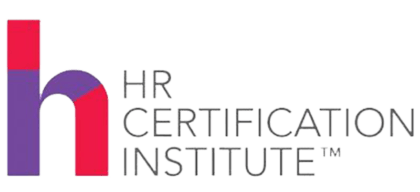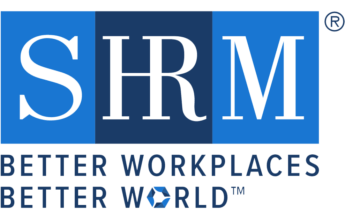The Pros and Cons of Hiring Through Employee Referrals
We are a certified Continuing Education provider for



Pros and Cons of Employee Referrals
An increasing number of job openings are filled through employee referrals. Employee referrals can be an amazing way to find great employees. It can relieve stress, speed up the hiring process, and help reduce turnover. At the same time, hiring those recommended by employees can have its drawbacks.
Use employee referrals wisely and you will take advantage of its benefits while avoiding the pitfalls.
The Referral Process
The best way to get referrals of sufficient quantity and quality is to make your business a good place to work. There’s no need to offer rewards for these referrals and they are often the most genuine.
You should solicit referrals before posting the job online or elsewhere. This can save you time and money but also keeps you from interviewing candidates just for the sake of formality. However, be sure you don’t assume that you the referrals you get are going to be good enough.
Many structured employee-referral programs offer some kind of monetary bonus for referrals who are hired and retained for a certain period of time (often 90 days). The reward amount should be sufficient to motivate employees to make referrals but not so large that they offer referrals who are unqualified for the positions.
Benefits
There are many benefits to hiring through employee referrals. Some of the biggest are:
- Likelihood of quality. Employees generally recommend only quality candidates. No one wants to be embarrassed by the person they refer.
- Save time and money. Saving time and money might be the biggest benefit of a successful referral. Referrals fill positions in an average of about thirty days, ten to twenty less than other methods.
- Build a network. Even if you don’t have an opening, meeting referrals can create contacts and start you on your candidate pool for next time.
- Increase employee desire to stay and do well. Use referrals to get candidates for seasonal and temporary positions. These hires sometimes leave before they are scheduled to; if they were given a boost by a referral, they may be more reluctant to do so.
Drawbacks
- Diversity reduction. Referrals can mean that you hire people who are very like one another. This can decrease diversity of backgrounds, personality type or beliefs. You can get stuck with the same type of thinking rather than find employees who will bring new ideas or a different type of energy. This is not an extreme drawback, but it’s worth considering.
- Personal issues. One problem that can result from hiring people who know already one another is, of course, personal conflict. From cliques to fallouts, these issues can’t be controlled by you. It’s simply a matter of the employees acting properly. There is not much more risk of these issues happening with referrals than with any other hire.
Employee referrals are a great and much-used way to fill positions. Whether you want to solicit referrals outright or simply take them into consideration as they come up, you are likely to benefit from them. Be sure that you apply the same scrutiny to referrals as candidates you find elsewhere.
Book An Appointment
Schedule a Free Consultation to Turn your Hiring Process into a Top Talent Generating Machine
Talk With Us Now
Identify Top Candidates ASAP
(833) 332-8378
